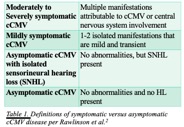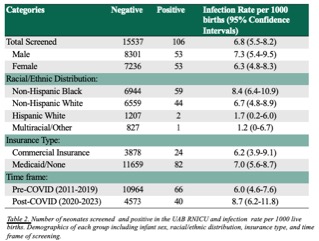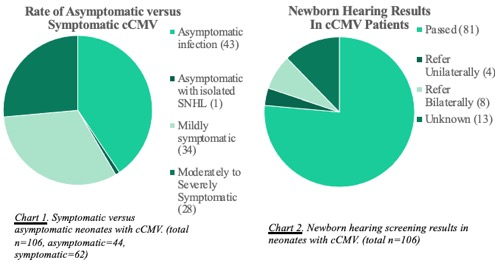Neonatology
Session: Neo-Perinatal Health Care Delivery 4: Epidemiology/Health Services Research
269 - A Retrospective Study of Congenital Cytomegalovirus (cCMV) Infection Among Newborns in the Neonatal Intensive Care Unit at UAB Hospital
Sunday, May 5, 2024
3:30 PM - 6:00 PM ET
Poster Number: 269
Publication Number: 269.2193
Publication Number: 269.2193

Nitin Arora, MD MPH (he/him/his)
Assistant Professor
University of Alabama School of Medicine
Birmingham, Alabama, United States
Presenting Author(s)
Background: The University of Alabama at Birmingham Regional Neonatal Intensive care unit (UAB RNICU) has undertaken universal neonatal screening for congenital cytomegalovirus (cCMV) since the 1980s. The UAB RNICU is a 120-bed level IV NICU, the only Level IV NICU in Alabama.
Objective: To determine the cCMV prevalence rates and identify key epidemiologic factors associated with higher rates of cCMV in the UAB RNICU
Design/Methods: Between 2011 and 2019, approximately 10,888 infants were tested for cCMV by either urine or saliva rapid culture. An additional 5,000 infants are expected to be tested for cCMV in the UAB RNICU between 2020 and 2023. We are completing an electronic medical record (EMR) chart review from 2011 to 2023, evaluating demographics, zip codes, related pregnancy and delivery complications, newborn outcomes, and tests and procedures performed while the infant was hospitalized to identify factors associated with a higher risk of cCMV. Additionally, we will compare data from before and during the COVID-19 pandemic to assess epidemiologic changes related to the pandemic
Results: The UAB RNICU cohort is 80% inborn. Race/ethnicity is 45% Non-Hispanic Black, 41% Non-Hispanic White, 8% Hispanic White, 1% Asian, and 5% Unknown. Between 2011 and 2019, 66 infants screened positive for CMV. The cCMV infection rate was 6.1 per 1000 live births (95% CI, 4.7 - 7.7 per 1000)
Conclusion(s): In the UAB RNICU, the prevalence of cCMV infection was slightly higher than previously reported cCMV rates for the United States. Characterizing populations with a higher risk for cCMV infection will better direct prenatal discussion of cCMV exposures and screening



